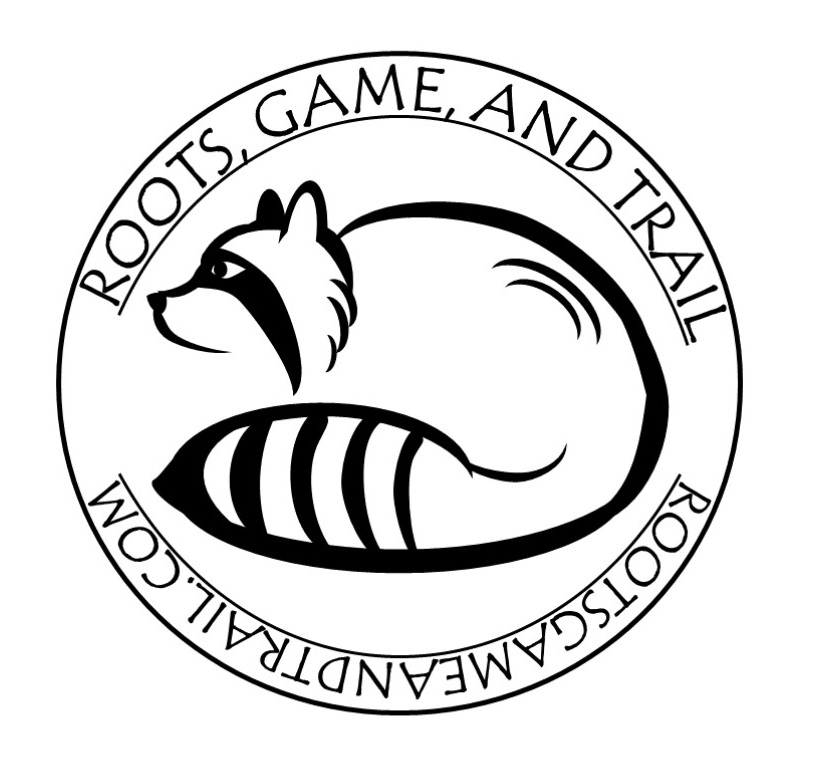How to Find New Water to Fish
If you are looking to explore and fish new water, then your scouting process will likely start at the computer. But before you start scrolling around on Google Maps, there are some key factors that will determine whether you can successfully find a new honey-hole full of fish.
The first thing to consider, and probably the most important, is whether or not you will be using some sort of watercraft. If you are lucky enough to own a kayak or canoe, then your ability to scout new water is endless. But if you don’t have a watercraft, that’s alright. You’re still in the game, although you’ll need to do more research to discover new fishable water.
Using some sort of watercraft can help you scout endless amounts of water, although it does come with its own set of challenges.
Texas doesn’t have vast expanses of public land. However, what it lacks in public land, it makes up for in relaxed laws regarding the public’s right to access navigable waterways. Texas river-law can be tricky to understand. The not-for-profit organization, Texas Streams Coalition, has a great write-up on this subject. Follow the link here. Also, Aaron Reed’s book, Fly Fishing Austin & Central Texas, dedicates a whole chapter to addressing this subject. Preorder Aaron’s book here (it is the best book about fly fishing in the Texas Hill Country to date. It will be released May 1, 2020).
When I am scouting for new water to explore, I use both a subscription-based mapping software and free mapping software. Free software like Google Maps contains useful tools like Google Street View, which can give you a 360-degree-view of an area. But the real secret-weapon for scouting new waterways is a subscription-based mapping software like OnXmaps.com or Huntstand.com (neither of these companies endorse me in anyway).
OnXmaps and Huntstand are two online mapping platforms which contain plat map data (property boundaries) for nearly every state in the Lower 48. Both of these platforms do an excellent job at showing the subscriber where all of the public land is located. Finding places that are accessible to the public is key for scouting and discovering new fishable waters.
Before the advent of OnXmaps or Huntstand, all my scouting was done with Google Maps, physical maps, and plat maps that were purchased from the local courthouse. With the plat map booklet open on my lap, I could use my other maps and line-up intersections of roads, fields, and streams in order to determine what was public land and what wasn’t. However, the online subscription-based mapping software is much easier and well worth the expense.
My scouting process usually starts with Google Maps. I locate a major river or lake and find any roads that cross the waterway. To get a better look at the water and surrounding area, I’ll use Google Street View and determine whether there is access to the stream or creek via the road right-of-way, or if a pull-off exists for parking.
(Click on the images below to enlarge them)
1) Where major roads cross prominent waterways are usually good locations to find access to fishable water.
2) Use Google Street View to examine access routes to waterways
3) Looks accessible!
Well-known lakes and rivers have a lot of public access areas adjacent to the water, but keep in mind that these areas are fished hard. The majority of anglers launch their boats into these large waterbodies, or fish from the banks. Fish maybe harder to catch along these easily accessible places due to the heavy fishing pressure. In addition to that, who really wants to be fishing shoulder to shoulder with several other anglers?
In order to find more secluded fishing areas, use your mapping software to find the tributaries that flow into the larger waterbody. This is where the subscription-based software comes in handy. Use OnXmaps or Huntstand to determine whether the land surrounding the lake and adjacent tributaries is public land. You’ll likely find that land (or a portion of it) around large lakes is usually accessible to the general public.
1) Google Earth can show you creeks that can potentially be angled, but are these creeks on public land?
2) OnXmaps.com shows that both “Trib 1” and “Trib 2” are one public land.
Keep in mind, many small tributaries that flow into larger waterbodies hold lots of fish. These areas are often overlooked by other anglers because they are too fixated on the larger waterbody. If a small stream lacks a boat launch nearby, then that’s a good indicator that the stream doesn’t get fished too often. The less pressure there is on the fish, the more opportunities exists for anglers willing to do extra scouting and exploring. Another thing to consider is that the closer a road is to a tributary, the more likely the waterway is visited by other anglers. If a tributary requires a hike, then this reduces the number of fishermen that are willing to visit the water.
Of course, sitting in front of the computer screen and strategizing about accessing certain streams is all academic. There is no way to truly know if a swath of land is worth fishing until you jump in the car and drive out to an area and see it for yourself. Strap on the boots, grab the fishing rod, and explore.
Fly Fishing the Sam is currently in its last leg of formatting. Tentative release will be mid- to late-March, 2020. Go to www.flyfishingthesam.com and sign up for the newsletter to find out when it is released.



